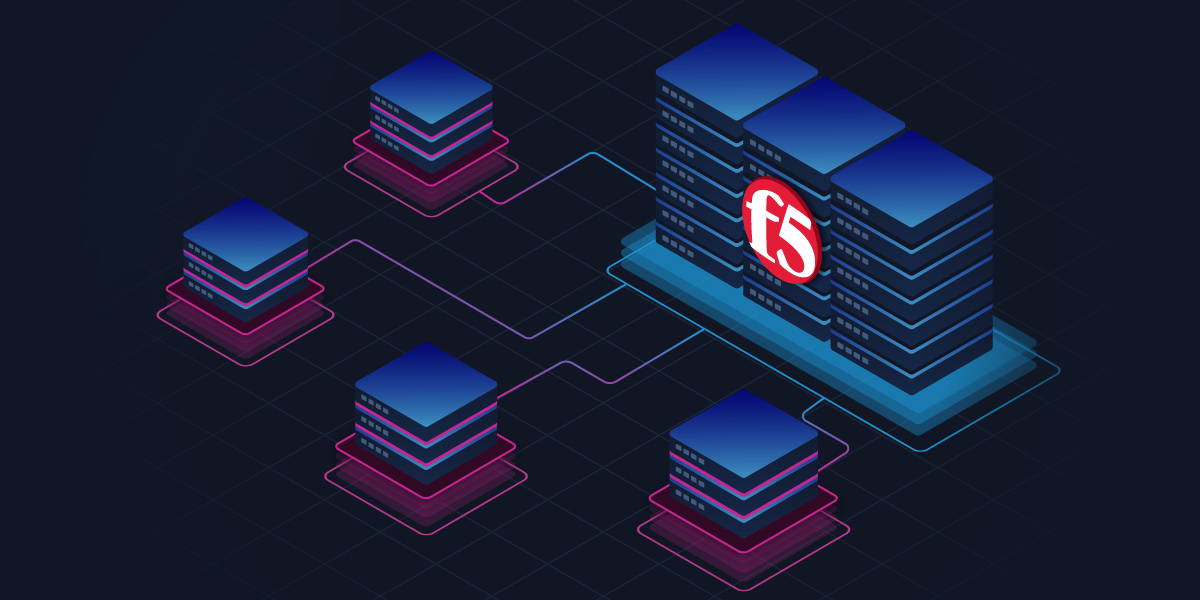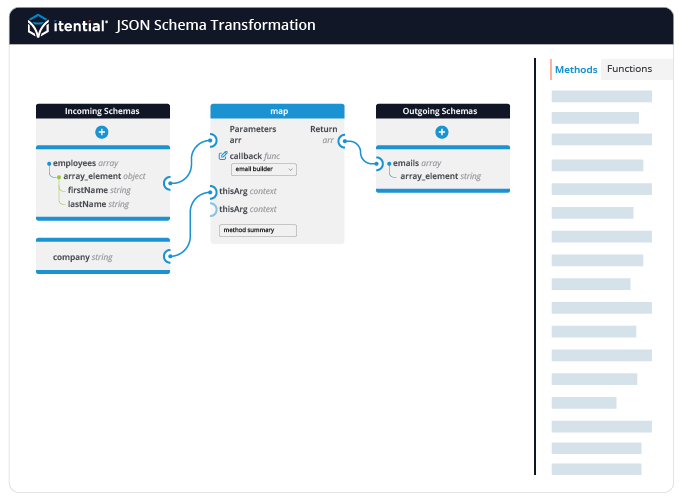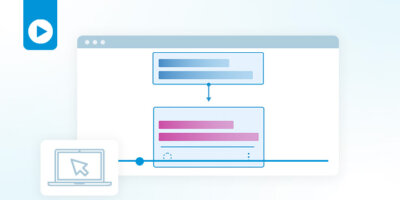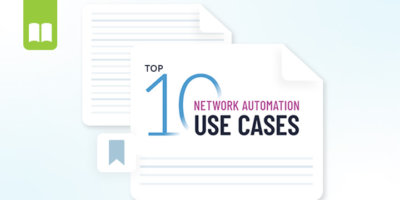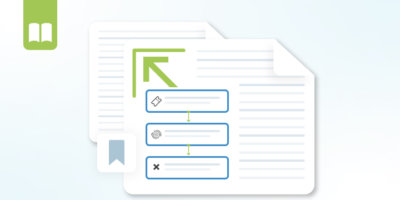I’m not a network engineer. I have some technical background, but not much — I’m much more accustomed to Excel than SQL, and most of my coding experience happened in college. So, you can imagine my initial hesitance when asked to take part in a network automation workshop session for the Itential Automation Platform (IAP). But on the day, it took just a few minutes before it clicked: this wouldn’t be too hard.
It shouldn’t have come as too much of a surprise. IAP is built in a way that suits different skill sets, from Automation Gateway’s capabilities for supporting script automations to the no-code drag-and-drop workflow builder in Automation Studio. That means anyone in an IT organization can use Itential’s products in the way that best suits them, which helps standardize automation and makes collaboration between teams easier. By bringing network and infrastructure automation capabilities to network engineers, DevOps Teams, IT Teams, and others in equal measure, we see our customers enjoying accelerated and consistent success with their automation initiatives.
While this is something I hear about from our customers, from analysts, and around the office pretty often, knowing something in your head is very different from experiencing it firsthand. At Itential, we offer free hands-on automation workshops for anyone looking to get started with Itential’s network automation products. These workshops give people the opportunity to have a guided technical interaction with our products so you and your team can better understand what the experience of working within the platform is like using real devices and systems. It’s a great way to try it out for yourself and understand how it can be applied to your own environment, use cases, and overall objectives.
And that’s what we did. As a marketing team, we took a workshop on F5 load balancers, which taught us a lot about the product, how it’s used, and how quickly new users can get a use case up and running. Here’s what I learned:
Expectations vs. Reality
A senior Solutions Engineer on our Proof of Concept team led us in building out our automation workflow for an F5 load balancer configuration, a common use case for network teams. Orchestrating a workflow for this process required us to automate multiple steps and use different pieces of the Itential Automation Platform.
I only have a little programming experience, and I wasn’t sure what to expect coming into building a full-on automation workflow in IAP. After all, network engineering isn’t something you can pick up in a day. But with the easy to use interface and integrated set of tools that I had access to with Itential, I was able to easily build a set of automations for tasks with which I had previously been unfamiliar. There wasn’t any coding involved, and with a little guidance I took the right steps for the network automation portion of the workflow to get it all working.
The experience was smooth, too — only an amusing mix-up with duplicate IP addresses in the shared tab between a few of our team members hindered our team’s progress, and we wrapped up the workshop in just under an hour. With a successful network automation workshop under our belt, our marketing team is ready to issue the challenge to all the network teams out there: if we can do it, what are you waiting for?
The Automation Use Case
I’m not going to go through each step individually (you can check out a full demo video here), but the automation workflow involved multiple different tasks that interacted with our F5 BIG-IP devices and data transformations. We had to ensure that we were taking in the right input data, transforming data across different systems automatically, and configuring the actual load balancer successfully before then building in a step to close out the change management ticket that would have opened the process in a real-world scenario.
We started by finding the device we had to configure from our federated device list on a dedicated Itential instance we run for workshops. The device list mirrors real life, with devices across multiple different network domains and from different vendors.
Then, we built steps to take in the data that an end user would input via a form and transform this data into the formats required for the automation steps in sequence. In Itential, data transformation is simple — the platform leverages JSON Schema to provide a drag-and-drop interface where you can ensure any incoming data is translated to a format you can work with.
Next, we used our data transformation to build the configuration payloads we needed for the next automation step. We were able to leverage a series of Pre-Builts from Itential’s open-source library to then build the pre-checks, post-checks, and the provisioning step itself, accelerating our time to completion and making our goal of an end-to-end automated process into a reality.
Next, we used our data transformation to build the configuration payloads we needed for the next automation step. We were able to leverage a series of Pre-Builts from Itential’s open-source library to then build the pre-checks, post-checks, and the provisioning step itself, accelerating our time to completion and making our goal of an end-to-end automated process into a reality.
The goal of our workflow, the reason we were working to automate an entire process end-to-end, is to build out an efficient process that could then be packaged and delivered as a self-serve network automation, similar to any service you would order on a public cloud environment. It was exciting to see the entire workflow come together over the course of just one hour, going from our first few isolated steps to a true orchestrated workflow.
Key Takeaways
The biggest thing I took away from my workshop experience was the ease with which I picked up each step along the way. In addition to the intuitive nature of Itential’s unified interface, we received top-tier instruction from one of our Itential engineers for our workshop — exactly the same as any prospective customer would. It was a smooth experience, and it was especially interesting to see the completed workflow at the end.
The other thought that stuck with me is a comparison between this automated approach and what it might be like to approach load balancer configurations manually. For each step of our workflow, we leveraged at least one key Itential capability that saved a lot of time, effort, or both — from the federated device list in the beginning to the plug and play Pre-Built Automation we used to configure the load balancer itself. I now have a newfound understanding of the impact Itential’s software can have on a network engineer’s daily work, especially as they build more automations that can be used as reusable, modular assets.
Itential’s Automation Workshops are completely free. They provide a short, simple, yet powerful learning experience for anyone looking to get up and running with network automation quickly. Our marketing team, which is comprised mostly of people without coding or networking experience, was able to build an end-to-end automation for F5 load balancers in just over an hour. What will your team learn?
You can learn more about our Automation Workshops here and see the full list of use cases we offer.

